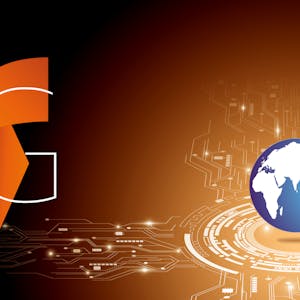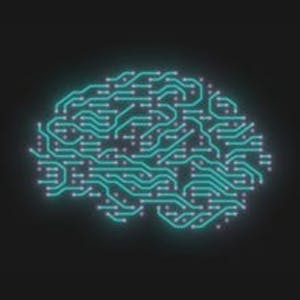Geographical Information Systems - Part 1
About this Course
This course is organized into two parts presenting the theoretical and practical foundations of geographic information systems (GIS). - Together theses courses constitute an introduction to GIS and require no prior knowledge. - By following this introduction to GIS you will quickly acquire the basic knowledge required to create spatial databases and produce high-quality maps and cartographic representations. - This is a practical course and is based on free, open-source software, including QGIS. If you study or work in the fields of land management or the analysis of geographically distributed objects such as land use planning, biology, public health, ecology, or energy, then this course is for you! In this first part of the course, we will focus on the digitization and the storage of geodata. In particular, you will learn: - To characterize spatial objects and/or phenomena (territory modeling) with respect to their position in space (through coordinate systems, projections, and spatial relationships) and according to their intrinsic nature (object/vector mode vs. Image/raster mode); - About the different means used to acquire spatial data; including direct measurement, georeferencing images, digitization, existing data source, etc.); - About the different ways in which geodata can be stored - notably, files and relational databases; - How to use data modeling tools to describe and create a spatial database; - To query and analyze data using SQL, a common data manipulation language. The second part of this course will focus on methods of spatial analysis and geodata representation. In this section, you will learn: - How to describe and quantify the spatial properties of discrete variables, for example through spatial autocorrelation; - To work with continuous variables. In particular, we will look at sampling strategies, how to construct contour lines and isovalue curves, and we will explore different interpolation methods; - To use digital elevation models and create their derivative products (i.e. slope, orientation); - How to evaluate the interaction between different types of geodata through overlay and interaction techniques; - How to create effective maps based around the rules of graphic semiology; - Finally, we will also explore other, increasingly common, forms of spatial representation such as interactive web-mapping and 3D representations. You can find an interactive forum for course participants on our Facebook page:Created by: École Polytechnique Fédérale de Lausanne

Related Online Courses
Welcome to this course GenAI for Sales Managers: Boosting Sales with GenAI focuses on equipping sales professionals with the knowledge and tools to integrate Generative AI (GenAI) into everyday... more
This is a Google Cloud Self-Paced Lab. In this lab you will learn how to create and update SQL derived tables to generate dynamic values.Created by: Google Cloud more
This is the third course in the IBM AI Enterprise Workflow Certification specialization. You are STRONGLY encouraged to complete these courses in order as they are not individual independent... more
Explore the transformative potential of artificial intelligence in the marketing landscape. This course is designed to help you distinguish between the opportunities for developing new AI... more
All about practical programming and creating IoTs applications! In this course, we will talk about two components of a cyber-physical system, namely hardware and operating systems. After completing... more








